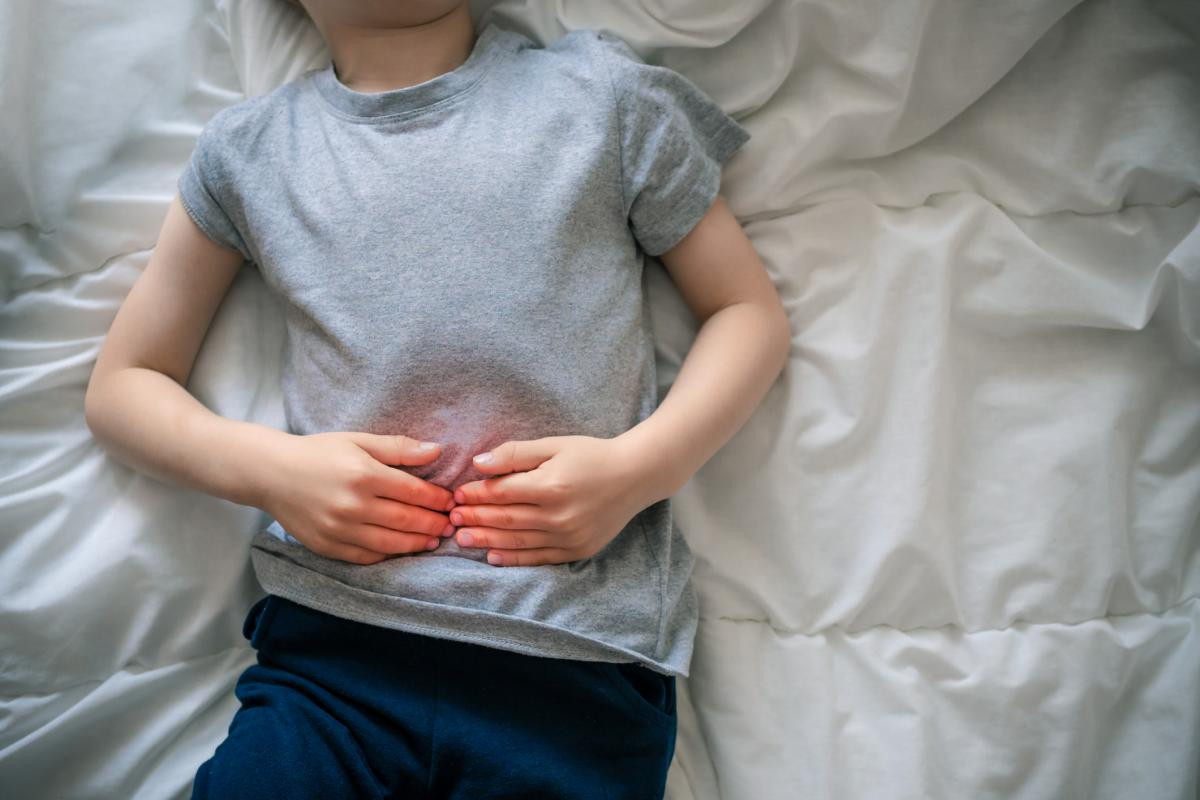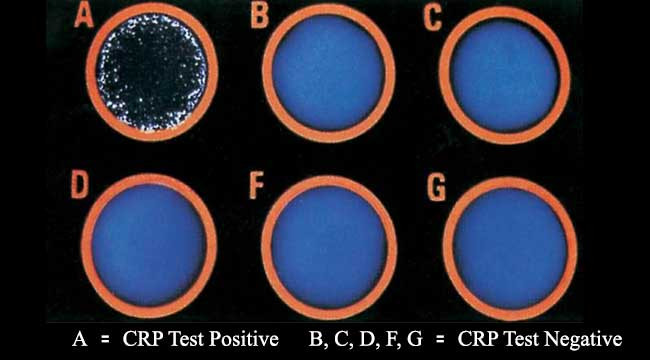Definisi
Leptospirosis merupakan infeksi yang disebabkan oleh bakteri gram negatif dari golongan Spirochaeta, yaitu Leptospira sp. Leptospira sendiri digolongkan menjadi 2 kelompok, yaitu kelompok patogen dan non patogen. Infeksi Leptospira masuk melalui luka atau goresan di kulit atau melalui mata, hidung, atau mulut.
Tikus merupakan pembawa utama dan bakteri ini dipelihara secara alami di dalam tubuh tikus dan dikeluarkan melalui urin. Sebagian besar kasus leptospira memiliki gejala yang membuat tubuh tidak nyaman tetapi tidak membahayakan jiwa. Gejala seperti kasus flu dan berlangsung kurang dari 1 minggu.
Pada umumnya, gejala leptospirosis muncul dalam rentang waktu kurang dari 2 minggu walau beberapa kasus, gejala tidak muncul dalam waktu 1 bulan atau tidak sama sekali. Saat tubuh terinfeksi, gejala akan muncul dengan cepat seperti demam. Beberapa gejala lain seperti sakit kepala, nyeri otot, kulit dan mata kekuningan (Jaundice), muntah, diare, dan kulit kemerahan.
Leptospirosis umumnya ditemukan di lingkungan dengan cuaca lembap. Namun bakteri tersebut dapat hidup di semua daerah di bumi dan terutama ditemukan secara umum di Australia, Afrika, Asia Tenggara, Amerika Selatan dan Karibia.
Anak - anak dapat terpapar dengan bakteri leptospira akibat aktivitas bermain dan olah raga, bermain di sungai atau danau, dan memelihara hewan peliharaan. Dalam perkembangan infeksi penyakit ini, anak - anak lebih rentan terhadap infeksi leptospira dibandingkan orang dewasa.
Penyebab
Leptospirosis disebabkan oleh bakteri leptospira. Bakteri tersebut masuk ke dalam tubuh anak melalui mulut, hidung, atau mata atau melalui kulit. Bakteri akan masuk dan menyebar di dalam tubuh melalui darah, sehingga bakteri akan menuju organ tubuh dan terkumpul di ginjal.
Bakteri dari dalam ginjal akan dikeluarkan sebagai produk samping sehingga leptospirosis dapat menyebar atau menular ke orang lain atau hewan. Leptospirosis merupakan menyakit zoonotik sehingga dapat disebarkan antara hewan dan manusia. Jalur infeksi dari penyakit ini melalui:
- Kontak langsung dengan air kencing (urine) atau cairan reproduksi dari hewan yang terinfeksi
- Kontak dengan air atau tanah yang terkontaminasi
- Mengkonsumsi makanan atau air yang terkontaminasi.
Faktor Risiko
Leptospirosis dapat dimiliki oleh individu di semua jenis lingkungan namun secara umum leptospirosis lebih sering ditemukan di daerah tropis dan negara dengan iklim yang hangat dengan curah hujan yang tinggi. Risiko leptospirosis menjadi lebih tinggi apabila tinggal atau berpergian ke daerah dengan iklim tersebut yang mencakup Oseania (Australia, Selandia baru, dan kepulauan Pasifik), Karibia, bagian dari Afrika sub Sahara, bagian dari Amerika Latin, Asia selatan, dan Asia tenggara.
Gejala
Leptospirosis memiliki gejala seperti flu dan dapat muncul tanpa gejala. Leptospirosis dalam kasus yang parah dapat menyebabkan gejala pendarahan internal dan kerusakan organ. Dalam kondisi leptospirosis akut, gejala dapat muncul tiba - tiba. Gejala tersebut mencakup demam yang tinggi, mata kemerahan (injeksi konjungtival), sakit kepala, mengigil, nyeri otot, nyeri perut, mual dan muntah, diare, kulit dan mata kekuningan (jaundice), dan kulit kemerahan (rash).
Beberapa kondisi leptospirosis yang parah dapat muncul setelah tiga hingga sepuluh hari kemudian, seperti batuk berdarah (hemoptysis), nyeri dada, kesulitan bernapas, kulit dan mata yang kekuningan dengan parah, buang air besar yang kehitaman, terdapat darah di dalam air seni, dan munculnya bintik datar kemerahan pada kulit seperti rash (petechiae).
Diagnosa
Dokter akan mendiagnosa leptospirosis dengan melakukan pemeriksaan fisik, pemeriksaan darah dan pemeriksaan urin. Dokter akan menanyakan mengenai gejala, riwayat perjalanan dan apakah mengalami kontak dengan hal yang telah terkontaminasi. Bila memiliki gejala yang parah, pasien akan disarankan melakukan pemeriksaan Xray dada atau CT scan.
Beberapa pemeriksaan yang dilakukan untuk mendiagnosa leptospirosis, antara lain :
- Pemeriksaan urin atau darah
Dokter akan menyarankan untuk melakukan pemeriksaan darah atau pada pemeriksaan urin di laboratorium. Laboratorium akan melakukan pemeriksaan untuk mencari tanda dari leptospira.
- Pemeriksaan radiologi
Apabila memiliki gejala leptospirosis, dokter akan menyarankan melakukan pemeriksaan X-ray dada, CT scan, dan pemeriksaan radiologi lainnya. Dokter akan menggunakan alat untuk mengambil gambar dari organ anda dan melihat apakah terdapat kerusakan organ.
Tata laksana
Pengabatan leptospirosis tergantung dengan tingkat keparahan dan gejala yang dialami penderita. Secara umum, Tata laksana yang dilakukan adalah penanganan gejala dan pemberian antibiotik. Dalam kasus dengan gejala yang sedang, dokter akan mengobati sesuai gejala tanpa diperlukan perawatan. Dalam kasus leptospirosis dengan gejala yang parah, pasien dapat dirawatdi rumah sakit. Selain antibiotik, tata laksana juga dilakukan sesuai dengan organ yang terpengaruh dengan penyakit.
Secara umum, tata laksana dari leptospirosis mencakup:
- Tata laksana cairan dan demam
Dalam beberapa kasus leptospirosis dengan gejala sedang dapat diobati dengan pengobatan sederhana seperti meminum cairan dengan jumlah yang banyak, beristirahat, dan mengkonsumsi obat demam atau nyeri.
- Antibiotik
Antibiotik yang digunakan untuk pengobatan leptospirosis meliputi amoksisilin, ampicilin, penicilin G dan ceftriaxone. Dokter akan menentukan jenis obat yang akan digunakan berdasarkan gejala yang dialami. Untuk anak - anak di bawah 8 tahun tidak disarankan mengkonsumsi doksisiklin disebabkan adanya potensi efek samping seperti adanya bercak permanen pada gigi.
- Alat ventilasi
Apabila paru - paru terinfeksi dengan bakteri dan memiliki penderita menunjukkan gejala yang berat, penderita dapat memiliki kesulitan untuk berapas dan membutuhkan bantuan mesin untuk bernapas.
- Plasmapheresis
Plasmapheresis atau pertukaran plasma dapat dilakukan apabila penderita memiliki risiko kerusakan organ akibat leptospirosis. Selama prosedur tersebut, dokter akan mengambil darah dengan menggunakan selang yang terpasang pada pembuluh darah. Mesin khusus akan memisahkan plasma dari darah yang diambil dan mengganti dengan plasma pengganti. Darah dengan plasma yang telah diganti akan dikembalikan ke tubuh melalui selang lain.
Komplikasi
Pengobatan dapat mengurangi beratnya tingkat leptospirosis. Tanpa adanya pengobatan lebih lanjut dapat menyebabkan komplikasi seperti meningitis, gagal hati, kerusakan ginjal yang dapat menyebabkan gagal ginjal, gangguan pernapasan, kolaps hemodinamik (syok), kematian fetus (di ibu hamil). Beberapa kasus dapat menyebabkan kematian.
Pencegahan
Pencegahan terbaik dari leptospirosis adalah menghindari hal yang terkontaminasi dengan bakteri. Salah satunya adalah dengan tidak berenang atau bermain di dalam air yang terdapat air sei hewan, meliputi saat banjir.
Beberapa cara untuk mengurangi risiko, antara lain:
- Mengkonsumsi obat pencegahan
Bila sering berpergian dan memiliki risiko tinggi leptospirosis, tanyakan pada dokter anda terkait obat yang perlu dikonsumsi untuk mencegah sakit (profilaksis)
- Menghindari hewan yang mungkin memiliki leptospirosis
- Mengenakan pakaian dan sepatu pelindung apabila bekerja disekitar hewan
- Hindari olahraga air dan berenang di sungai dan danau setelah banjir
- Minum hanya air yang telah diolah.
Tidak meminum air dari sungai, danau dan kanal tanpa merebus terlebih dahulu
- Mengenakan sarung tangan bila anda menyentuh hewan yang sudah mati.
- Menutup luka terbuka atau goresan dengan pelindung air.
Kapan Harus ke Dokter
Hubungi dokter apabila merasa ada gejala leptospirosis. Hubungi dokter apabila berkontak dengan air atau tanah yang terkontaminasi dengan bakteria.
Segera hubungi unit gawat darurat bila menunjukkan gejala seperti batuk berdarah, nyeri dada, kesulitan bernapas, kulit dan mata kemerahan, darah di air kencing, berkurangnya frekuensi berkemih, dan bintik merah seperti ruam di kulit.
Mau tahu informasi seputar penyakit lainnya? Cek di sini, ya!
- dr. Pandu Lesmana
Overview of Leptospirosis in Humans. (2022). Retrieved 06 March 2023, from https://www.healthline.com/health/leptospirosis
Leptospirosis. (2021). Retrieved 06 March 2023, from https://emedicine.medscape.com/article/220563-overview
Leptospirosis. (2022). Retrieved 06 March 2023, from https://www.ncbi.nlm.nih.gov/books/NBK441858/
Leptospirosis. (2022). Retrieved 06 March 2023, from https://my.clevelandclinic.org/health/diseases/24021-leptospirosis
Leptospirosis. (2019). Retrieved 06 March 2023, from https://www.cdc.gov/leptospirosis/index.html
Leptospirosis. (2020). Retrieved 06 March 2023, from https://medlineplus.gov/ency/article/001376.htm











